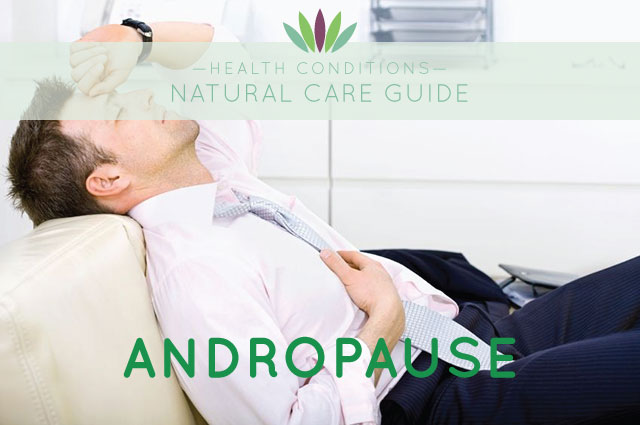
The phrase "andropause" is used to describe the condition of males who have a testosterone level drop beyond mid-life.
Male Menopause is a subject of dispute among medical communities. When it comes to females, menopause is connected with the termination of physiological operation - specifically, when the regular menstrual cycle stops. Additionally, a vital drop in the hormonal output in females takes place in addition to menopause. Because of these factors, doctors are discussing whether male menopause actually exists.
In the case of guys in their middle or elderly years, less quantities of testosterone are being created via the testes. This is thought to be the underlying reasons behind the appearance of signs and symptoms of male menopause.
Guys with andropause generally experience grouchiness, sleep disturbance, low libido, sweating, stress and anxiety, sadness, memory troubles, as well as erectile dysfunction.
In most cases, erectile dysfunction could be caused by various other problems - however, testosterone shortage could be one reason.
It is essential that men who struggle with complications related to low production of testosterone schedule clinical analysis for blood screening to review testosterone output.
Various other reasons for having shrinking testosterone output can be a testicular disorder and a possible inherited condition.
As a therapy, hormone replacement therapy is being suggested for men with low amounts of testosterone and also the symptoms that are associated with it.
Hormone replacement therapy could not be applicable to older males who seek treatment for their ED unless they really have extremely marginal amounts of testosterone. As for younger guys with recognized hormone deficiency, it has actually been verified that nominal dosages of testosterone could boost interest in sex.
Testosterone treatment, which is also called androgen HRT, intends to diminish the signs and symptoms caused by male menopause. This technique is a long-lasting treatment, because testosterone shortage is generally a permanent condition.
Testosterone replacement therapy is typically offered as an oral prescription, implants, or injections.
The injection of testosterone is usually carried out once every two weeks.
The sublingual drugs are especially recommended to those who cannot tolerate injections or implants.
The testosterone implants, which are being put under the skin of the buttock or abdominal area help a duration of months. The implant works by introducing testosterone straight into the blood stream.
HRT, nonetheless, has associated negative effects as well as dangers.
With low testosterone output, the prostate gland has the tendency to get smaller. Hormone replacement therapy could not recuperate a physically atrophied prostate gland since it does not have influence in the amount of prostate-specific antigen.
Androgen therapy might not be a cause of enhanced threat of prostate cancer for those that have normally greater testosterone production in the same age bracket.
On the other hand, the safety and security of hormonal replacement and it's feasible results on the prostate gland, mental performance, and cardiovascular system still need to go through appropriate investigation. In addition, there is also a need to evaluate the possible advantages of androgen therapy on the bones as well as muscle mass.
HRT is said to increase the risk of heart problems, although examination on this subject is uncertain. It is a well-known fact, however, that those with reduced testosterone output have actually been shown amongst cardiovascular disease sufferers. This opens the opportunity that hormone replacement might help protect against heart diseases.
Older men undiagnosed of prostate gland cancer need to also take caution when being used with androgens.
Sleep apnea, or the cessation of breathing during rest, is also thought about as a rare danger associated with hormone therapy.